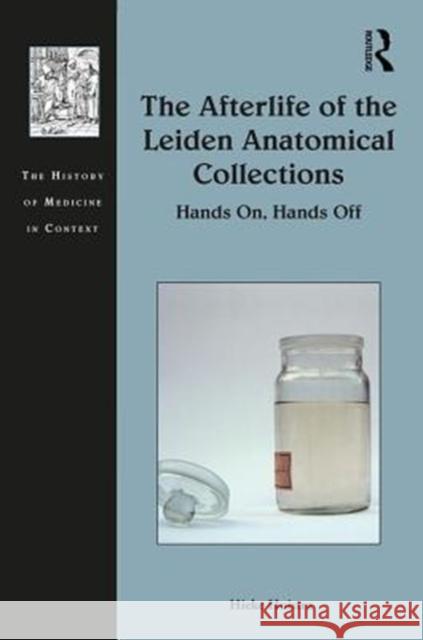Handling Anatomical Collections in the Nineteenth Century: Leiden and Beyond » książka
Handling Anatomical Collections in the Nineteenth Century: Leiden and Beyond
ISBN-13: 9781472461070 / Angielski / Twarda / 2018 / 174 str.
Handling Anatomical Collections in the Nineteenth Century: Leiden and Beyond
ISBN-13: 9781472461070 / Angielski / Twarda / 2018 / 174 str.
(netto: 669,47 VAT: 5%)
Najniższa cena z 30 dni: 654,86 zł
ok. 16-18 dni roboczych.
Darmowa dostawa!
Hieke Huistra introduces a new way of understanding anatomical collections: as dynamic and flexible entities, intended for hands-on use and to be reused again and again. This prolonged use is best illustrated with the oldest institutional collections in Europe: the Leiden anatomical collections. Using these as the main case study, the author demonstrates that anatomical collections of the nineteenth century were not just for observation, but also for handling: preparations were taken out of their jars, given round in class, felt, smelled, reinvestigated, and redissected. She shows how the preparations' material properties enabled constant reinterpretation, making them much more flexible than, for example, anatomical models. Seeing anatomical collections as dynamic and flexible helps us to understand why these collections, contrary to what is regularly assumed, remained relevant in the nineteenth century. Their prolonged use in medical research and teaching made the collections less accessible to lay audiences - contrary to most other collections, anatomical collections were closed off from, not opened up to, the public in the nineteenth century. The effects of this separation can still be seen today; throughout Europe, anatomical collections linger in hospitals and laboratories where they are difficult to visit for the general public. The book will be of interest to those studying the material and medical cultures of the nineteenth century as well as museums and collections scholars seeking a greater understanding of the fate of anatomical collections.











